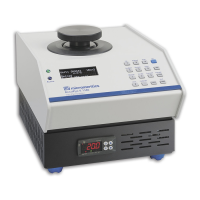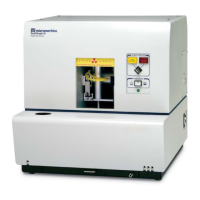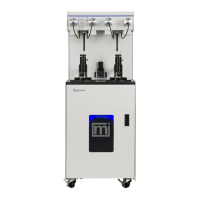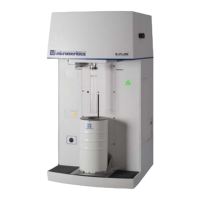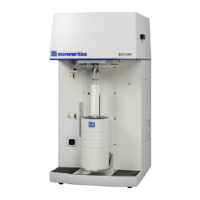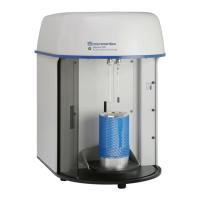B DFT Models
Model isotherms were calculated using the prescriptions of Tarazona for density dependent
weighting functions and cylindrical pore geometry. The pore wall potential is described by the
Lennard-Jones potential of interaction between a gas molecule and the graphitic surface of an
infinitely long cylinder.
This model is particularly useful for characterizing carbon single-wall nanotubes. The reported
pore size range is from 3.5 to 1000 angstroms.
References: P. Tarazona, Phys. Rev. A 31: 2672 (1985).
Idem, Phys. Rev. A 32: 3148 (1985).
P. Tarazona, U. M. B. Marconi, and R. Evans, Mol. Phys. 60: 573 (1987).
N2 - Carbon Cylinder, multi-wall nanotube by NLDFT
Ar - Argon Cylinder, multi-wall nanotube by NLDFT
Geometry: Cylinder
Substrate: Carbon
Category: Porosity
Method: Nitrogen at 77 K; Argon at 87 K
Model isotherms were calculated using the prescriptions of Tarazona for density dependent
weighting functions and cylindrical pore geometry. The pore wall potential is described by the
Lennard-Jones potential of interaction between a gas molecule and multiple concentric graphitic
surfaces of infinitely long cylinders.
This model is particularly useful for characterizing carbon multi-wall nanotubes. The reported pore
size range is from 3.5 to 1000 angstroms.
References: P. Tarazona, Phys. Rev. A 31: 2672 (1985).
Idem, Phys. Rev. A 32: 3148 (1985).
P. Tarazona, U. M. B. Marconi, and R. Evans, Mol. Phys. 60: 573 (1987)
Ar - Zeolites H-Form by NLDFT
Geometry: Cylinder
Substrate: Zeolite
Category: Porosity
Method: Argon at 77 K
Model isotherms were calculated using the prescriptions of Tarazona for density dependent
weighting functions and cylindrical pore geometry. The pore wall potential is described by the
Lennard-Jones potential of interaction between a gas molecule and the oxide surface of an
infinitely long cylinder.
B - 12
TriStar II Plus Operator Manual
303-42800-01 (Rev M ) — Sep 2023
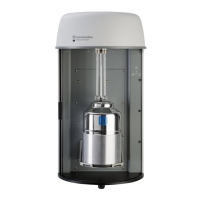
